When it comes to pursuing a career in education, two undergraduate programs often come into consideration: Bachelor of Education (B.Ed) and Bachelor of Elementary Education (B.El.Ed). Both pathways lead to teaching, but they cater to different age groups and have unique focuses. In this informative blog, we’ll explore the key differences between B.Ed and B.El.Ed to help you make an informed decision about your educational journey and future career as an educator.

B.Ed: Shaping General Educators
Target Age Group:
B.Ed programs primarily prepare educators to teach at the secondary and senior secondary levels, which typically encompass students aged 14 to 18 years (grades 9 to 12). This means that B.Ed graduates are qualified to teach in middle schools, high schools, and higher secondary schools.
Curriculum Focus:
The B.Ed curriculum emphasizes pedagogical techniques, subject-specific knowledge, and teaching methodologies across a broad range of subjects such as Mathematics, Science, Social Studies, Languages, and more. B.Ed graduates often specialize in a particular subject area. Additionally, B.Ed programs may include coursework related to curriculum development, assessment strategies, and classroom management to enhance teaching skills.
Teaching Opportunities:
B.Ed graduates can pursue teaching positions in middle schools, high schools, and higher secondary schools. They are equipped to teach students at more advanced academic levels. Depending on their specialization, B.Ed graduates can become subject teachers, guiding students in their chosen field of expertise.
Specializations:
B.Ed programs may offer specializations to cater to diverse educational roles. These specializations can include:
-
- Special Education: Special education specialists work with students with disabilities or special needs, providing tailored support and instruction.
- Educational Leadership: Those interested in administrative roles can specialize in educational leadership, preparing to become school principals, curriculum coordinators, or education administrators.
- Educational Technology: With the integration of technology in education, specialization in educational technology equips educators with skills to use digital tools and resources effectively in the classroom.
- Curriculum Design: Curriculum specialists focus on designing and implementing effective educational programs, ensuring that students receive a well-rounded and engaging learning experience.
B.El.Ed: Focusing on Elementary Education
Target Age Group: B.El.Ed programs are tailored for aspiring elementary school teachers. Graduates are prepared to teach children between the ages of 6 and 14 years, covering classes from 1 to 8.
Curriculum Focus: B.El.Ed places a strong emphasis on understanding child psychology, child development, and pedagogical techniques that cater to the unique needs of young learners. It also includes subject-specific knowledge in areas like Mathematics, Science, Social Studies, and Languages, but with a primary focus on elementary education.
Teaching Opportunities: B.El.Ed graduates are eligible for teaching positions in primary and elementary schools. They are equipped to teach a wide range of subjects to younger students, focusing on foundational education.
Practical Teaching Experience: B.El.Ed programs often include extensive practical teaching experiences, allowing students to apply their knowledge in real classroom settings. This hands-on experience is crucial for developing effective teaching skills.
Inclusive Education: B.El.Ed programs often incorporate training on inclusive education, equipping graduates to work with students from diverse backgrounds and with varying abilities.
Choosing the Right Path
When deciding between B.Ed and B.El.Ed, consider your passion for teaching, preferred age group, and career goals:
-
If you aspire to teach older students and have a specific subject area you’re passionate about, B.Ed might be the better choice.
-
If you’re passionate about teaching young children and want to specialize in elementary education, B.El.Ed is the suitable path.
-
Keep in mind that some universities and countries may offer variations in these programs, so it’s essential to research specific institutions and their course offerings.
Ultimately, both B.Ed and B.El.Ed programs are noble paths that lead to fulfilling careers in education. Your choice should align with your interests and your vision for the impact you want to make in the world of teaching.
If you have any further questions or need additional guidance, please feel free to reach out our website [careerleaders.in]




































































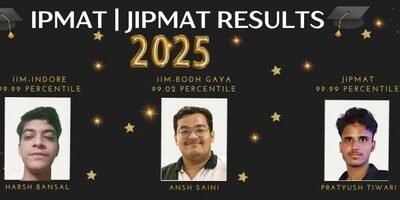




















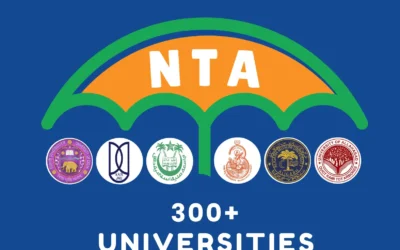















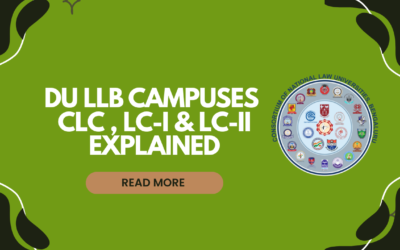





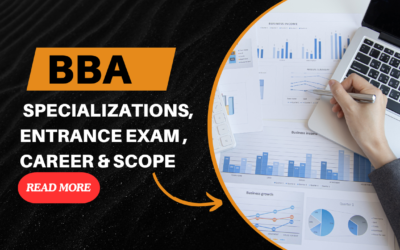















































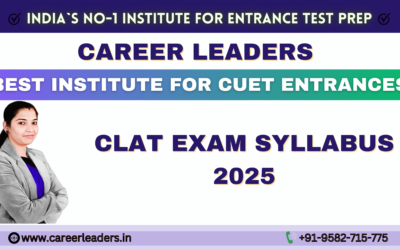


























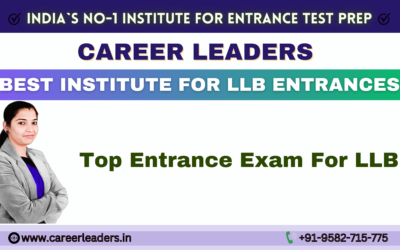





















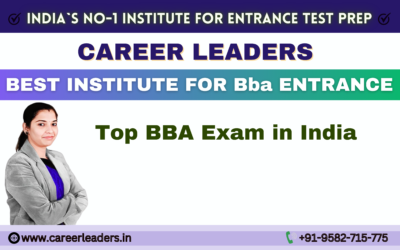
































































































0 Comments